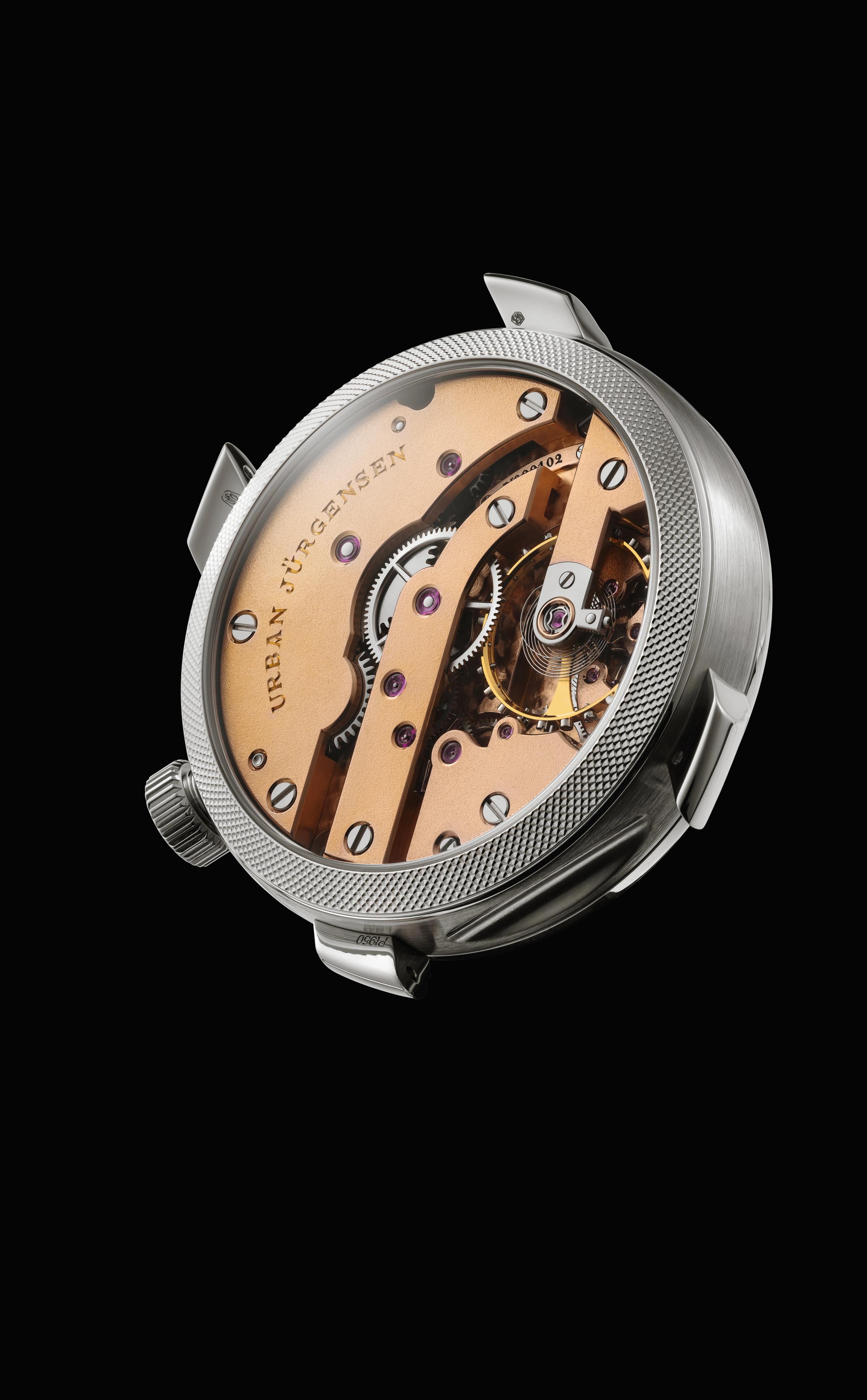Time is a spector that hovers over Whiteside’s entire career in another way. Dancing, after all, is a metier known for both its brevity and intensity. “I’m 40 and I’ve been a professional dancer since I was 18,” he says. To be so connected to one’s physical self, he says, is to understand, intimately, how time takes its toll. “So, yes, my body feels … differently than it did,” he says with a slight chuckle. “Let’s just leave it at that.”
Still, it’s in the moments when he’s onstage, dancing for an audience, that he’s able to transcend the confines of time from the world outside. “The theater is pretty much the last place where people actually pay attention to a single thing,” he says. “Everyone agrees to focus on one thing for an hour or two, and that is felt through the fourth wall of the theater. You exchange that energy with the audience and you try to give as much as they give back to you.”
Whiteside makes the most of time, pivoting through different mediums and practices with boundless energy and apparent ease. His dance practice alone, he notes, is strenuous and time-consuming, often rehearsing all day before a short break and reconvening for an evening performance. Those days, he says, he bookends his performance with a large lunch, a pre-show cookie and coffee and a post-performance meal paired with a martini.
Beyond work, you can find Whiteside spending his downtime as many New Yorkers do: reading in his local park (he’s partial to science fiction), seeing films, cooking or dining out, playing video games to unwind. They are activities that help ground him, help him recharge and reconnect him to his own artistic practice.
As for legacy, he’s hesitant to dwell on it. Sure, he’d like to continue choreographing, expanding into different mediums and working with different artists, and he enjoyed writing his book and hopes to do more of that. “I don't really think about that so much,” he admits. “It's not something that I feel comfortable trying to curate. It's going to be what it's going to be and people are going to remember my dancing how they will.”
That sanguine approach seems, at least in part, inspired by the lyrics of that Schubert’s “To Be Sung on the Water” and it’s acceptance—embrace, even—of time’s inevitable mach forward:
Alas, with dewy wings
Time vanishes from me on the rocking waves.
Tomorrow let time again vanish with shimmering
wings, as it did yesterday and today,
until, on higher, more radiant wings,
I myself vanish from the flux of time.













